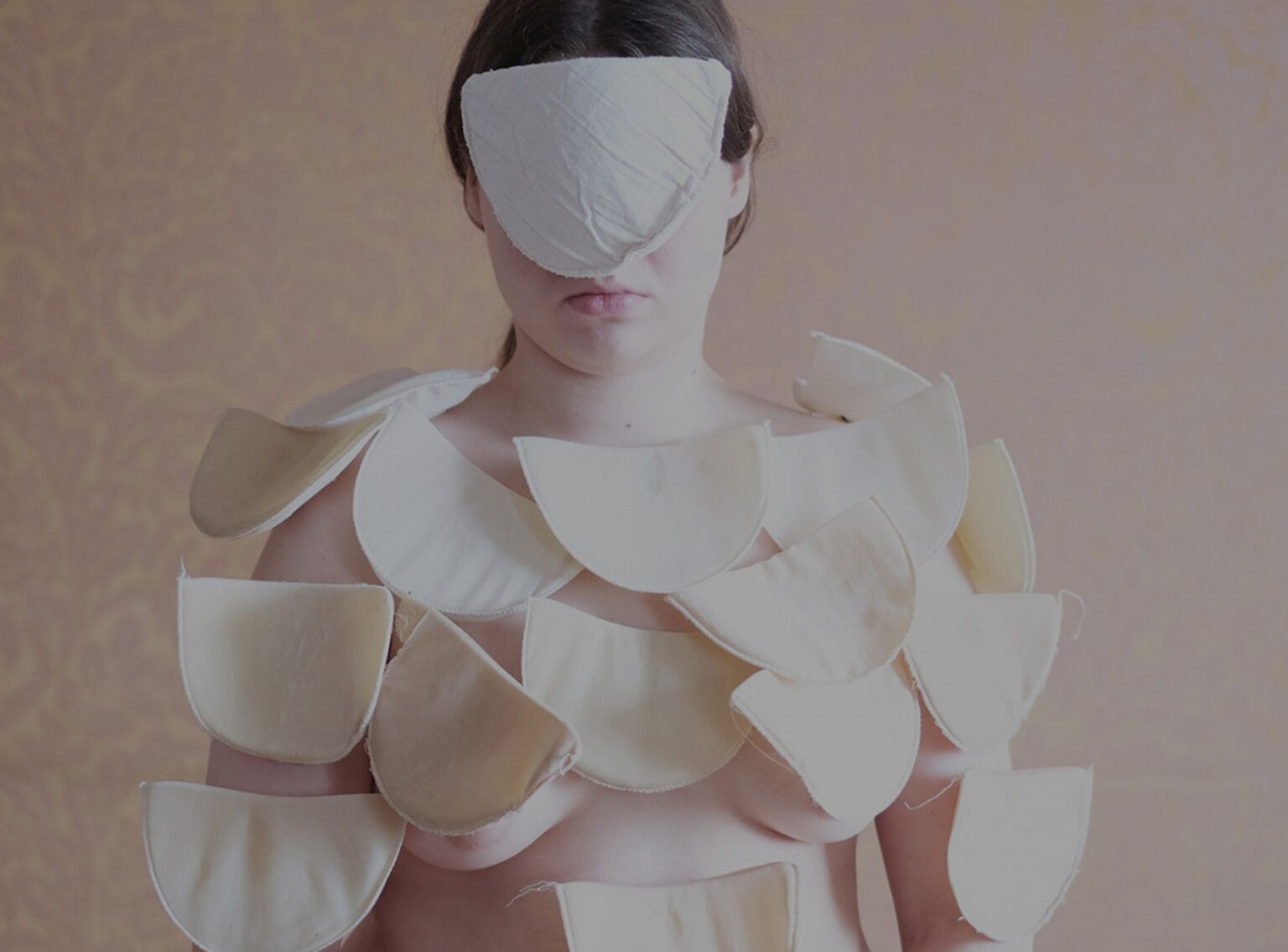INTERVIEW
1) What role does physicality play in your work?
I’ve always liked the human body. I consider all bodies beautiful and therefore I do not quite understand when people, especially women, hate and deny their bodily nature. I never thought about how important the presence of physicality in my work is to me, but I was always interested in connecting the body with other objects, materials and textures. The naked parts of the body give the works on the one hand a certain natural beauty, and on the other they bring an undisguised reality, what you could call a “naked truth”. The body is like the eyes – it always adds a biography to the work, which is why it is so interesting for me to connect it with other subjects.
The following photos are selected from various projects.
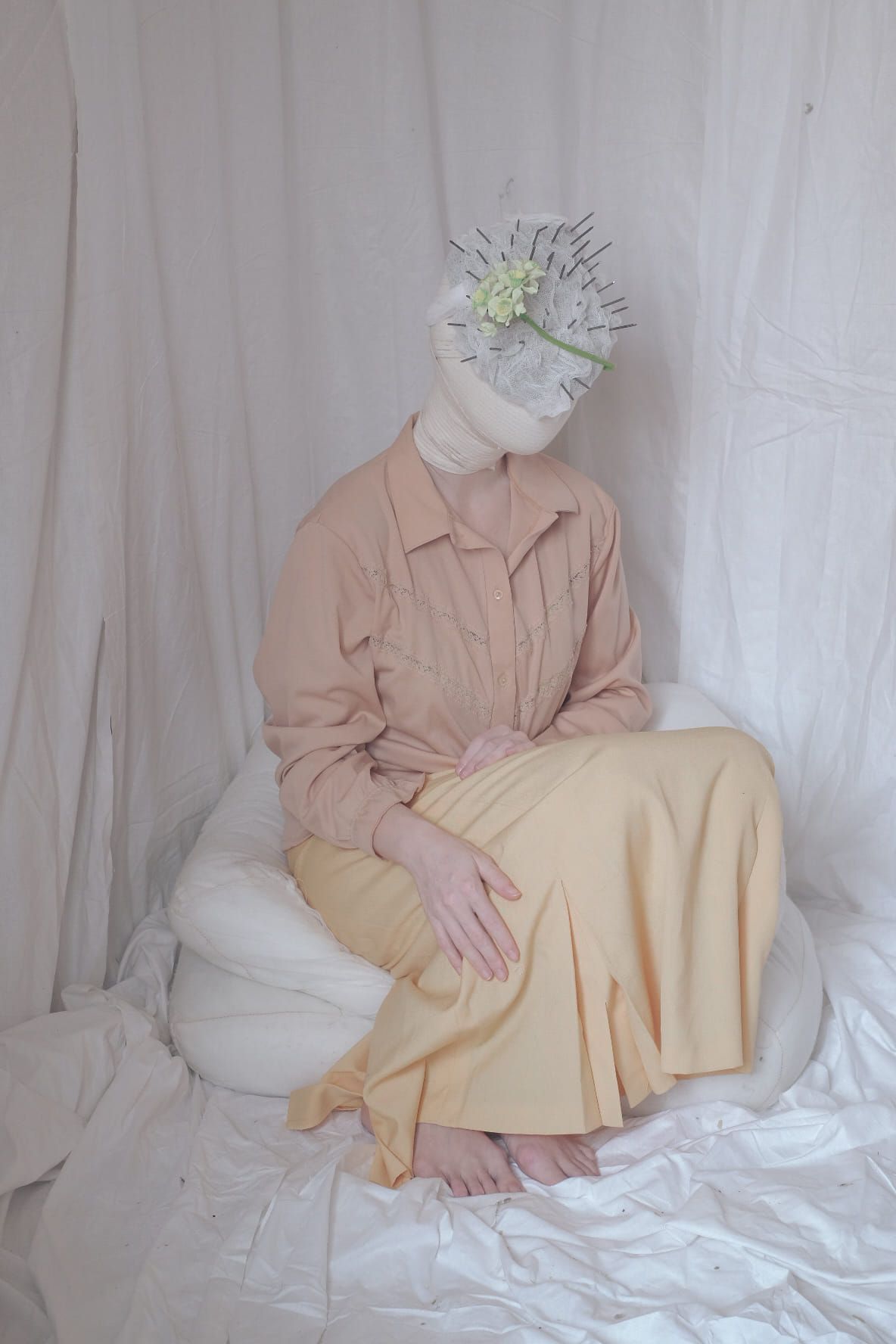
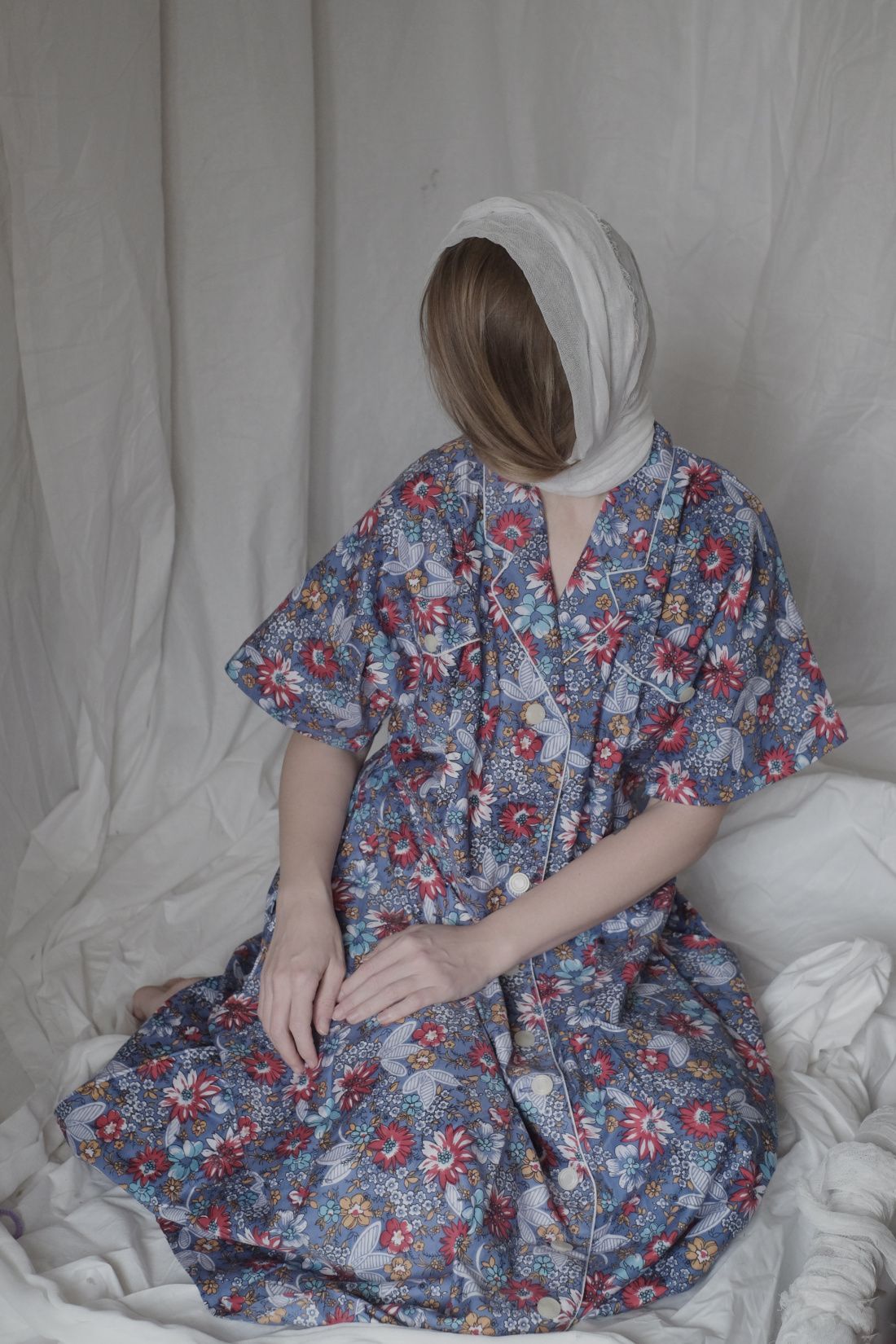
2) How can we interpret that your models are usually portrayed faceless in your artwork?
That’s a very good question and I hear it often. I used to take pictures of myself and make portraits of people with uncovered faces. But over time, my themes and projects changed direction. It became interesting for me not to deal with socially important and social issues through photography, but to study myself. My view as an artist turned inwards. And in fact, all the projects were and are about themselves – like those of any artist. But to answer the question “who am I, really?” I can’t do it yet. Perhaps someone will look at my work and answer… But perhaps I should answer this question for myself. By creating faceless images, including various objects from my memory, I recognize myself more than if I were making an open portrait. Since the eyes are always an open story, a biography of a person.
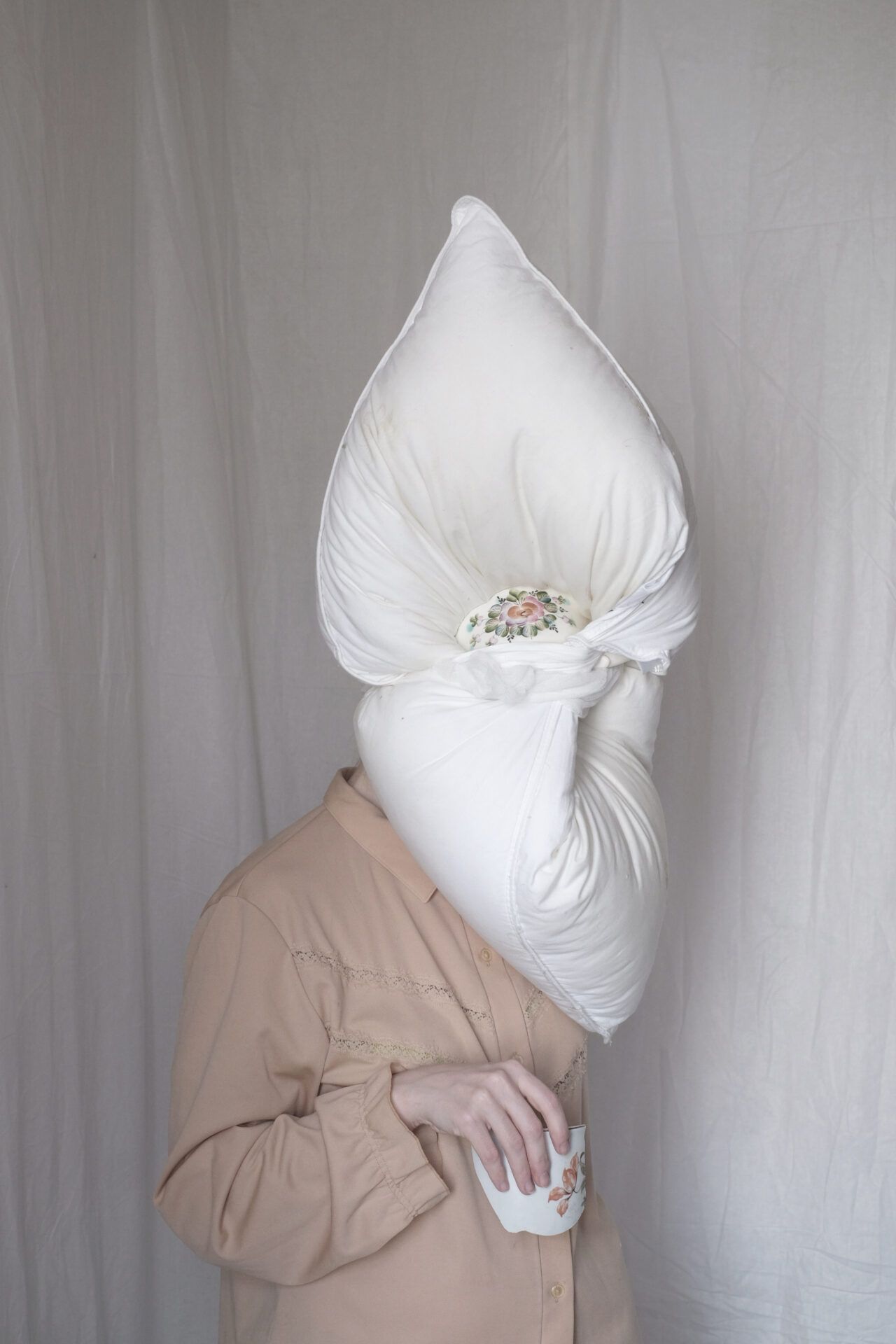
3) Does your choice of pastel/neutral color palette have any specific symbolic meaning?
Choosing a pastel color scheme, I want to emphasize the fragility, the ghostliness of these images, their momentariness and unreality. I have recently begun to resort to colors from my Soviet past – swamp, beige, brown, gray, dirty blue. I want to understand why this particular color scheme dominated in the Soviet era. And while many people born at that time associate these flowers with depressive moods, for me they are natural and vulnerable.
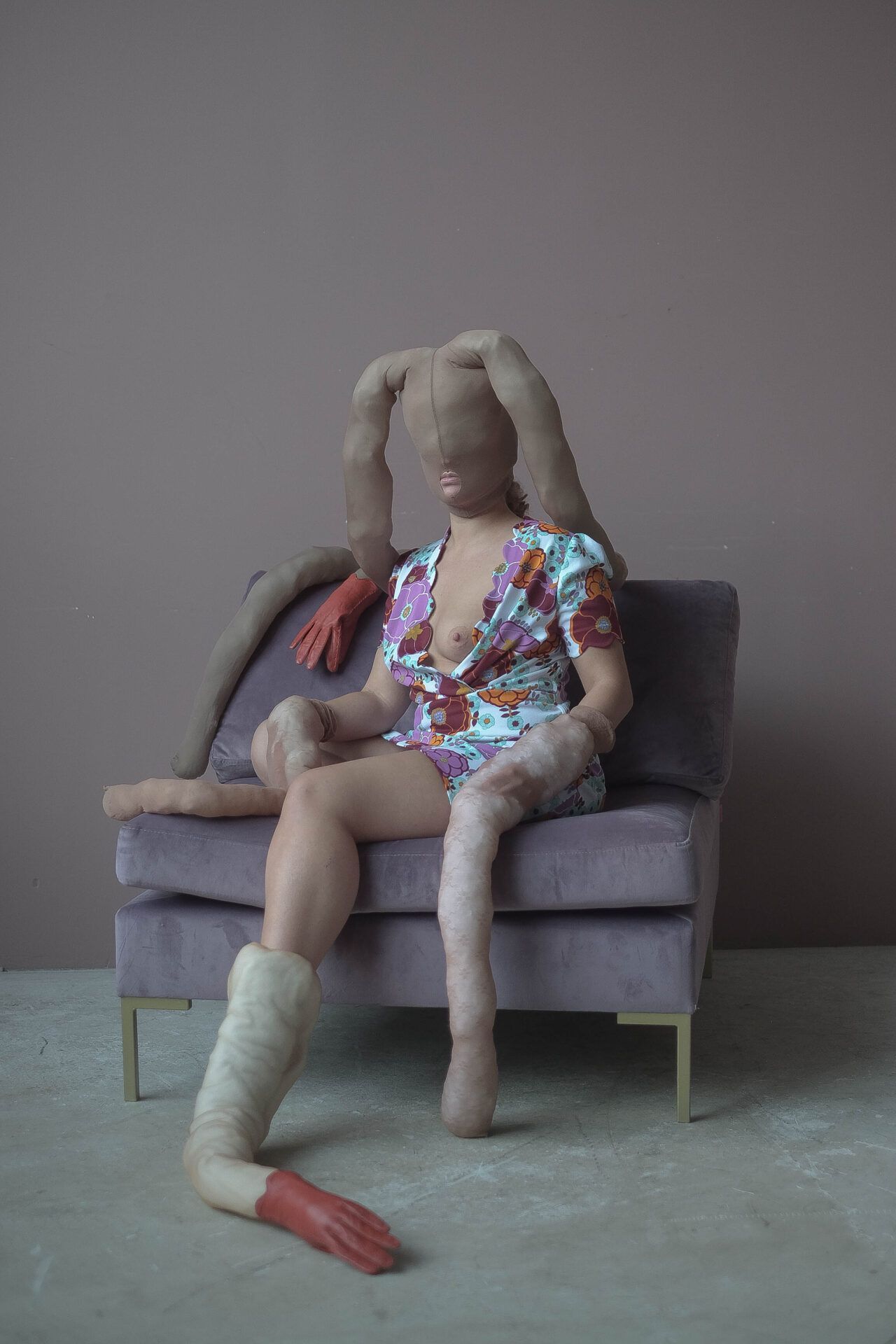
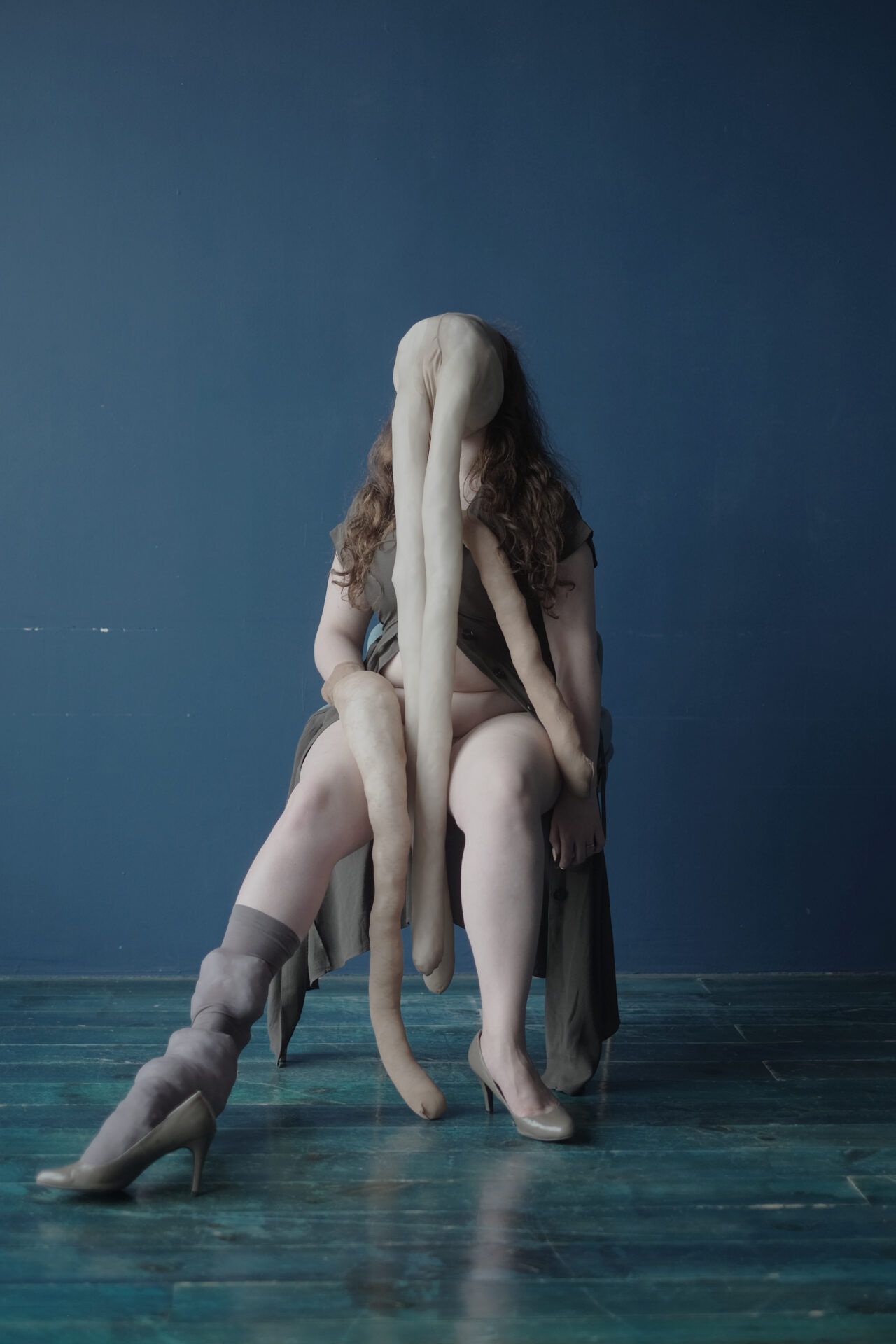
4) How do you want people to perceive the body in your artwork? More like a human being, object, or something else?
I would like the viewer, looking at my work, to see an abstraction, an image, not a specific person, but a mixture of meanings and find something of their own in them, or maybe not. Rather, these images repel the viewer and frighten them. Life is a big illusion. That’s all I’ve learned in 39 years of my life. Everything is not what it seems. I often think that life is just a set of scenery and plots invented by someone. The only question is: who am I really and what was I invented for, and what role was given in this performance? Are you sure that you are you?
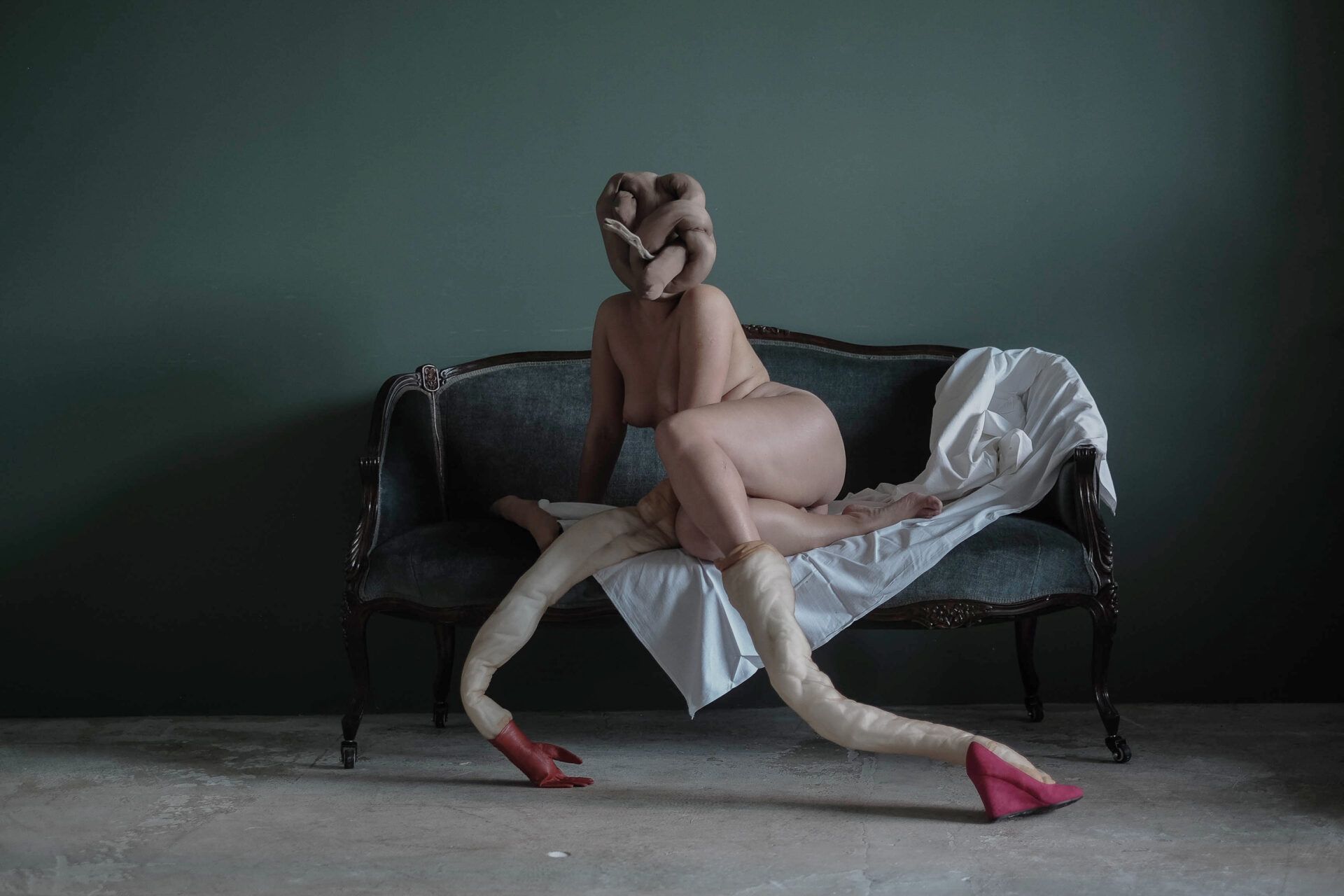
5) Since the article is published under the topic “Heavenly Bodies”, how important is the perception of the body within contemporary society and art (or for you personally)?
I dream of making an image that looks like a still life with elements of the human body someday. As I said, the body is very beautiful in its nature. Now you can make any transformation with it and many women freely do so – plastic surgery. The body can be sutured, something can be added somewhere, or the appearance can be radically changed, and by doing this, we seem to devalue our bodily nature. The body is like a piece of meat from which you can cut any dress. It is sad and this phenomenon is very interesting: when it is not nature that has power over a person, but when the person tries to change their physical universe.
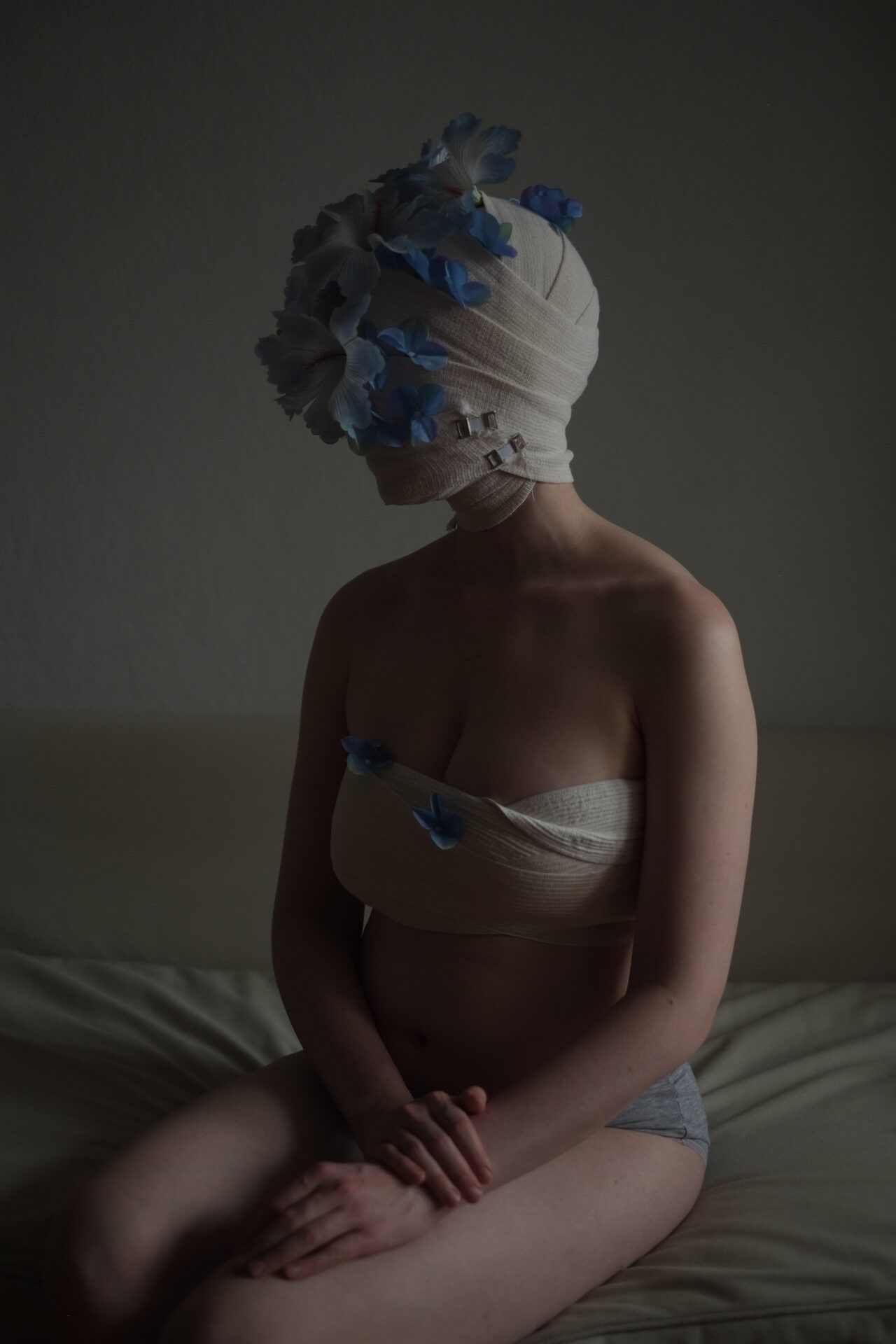
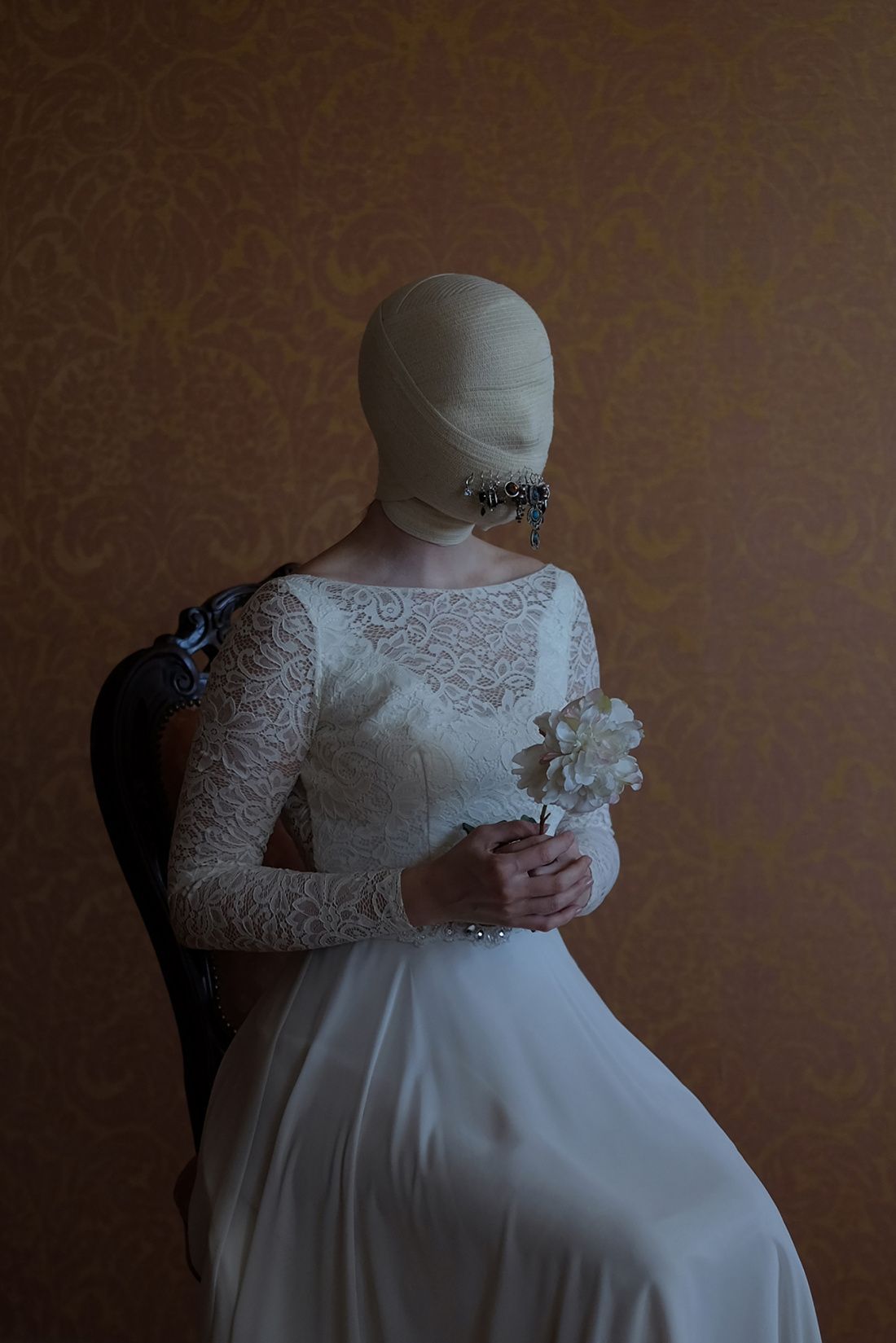
6) Are you working on any other projects that might interest readers?
I thought of myself only as projects for several years, and I was a little tired of this race. I have a few ideas, but they are still only in my head. Now I try to move away from this attitude, which drives me into a certain framework. I don’t like it and I don’t feel free. So I make images that come to my mind without any context. But they are united by one theme – memory. I now create images with different attributes, clothes and other things, among which I grew up. So far, it is interesting for me to observe this connection between the object – old, worn, with its own history, which also had its own life – and the body.
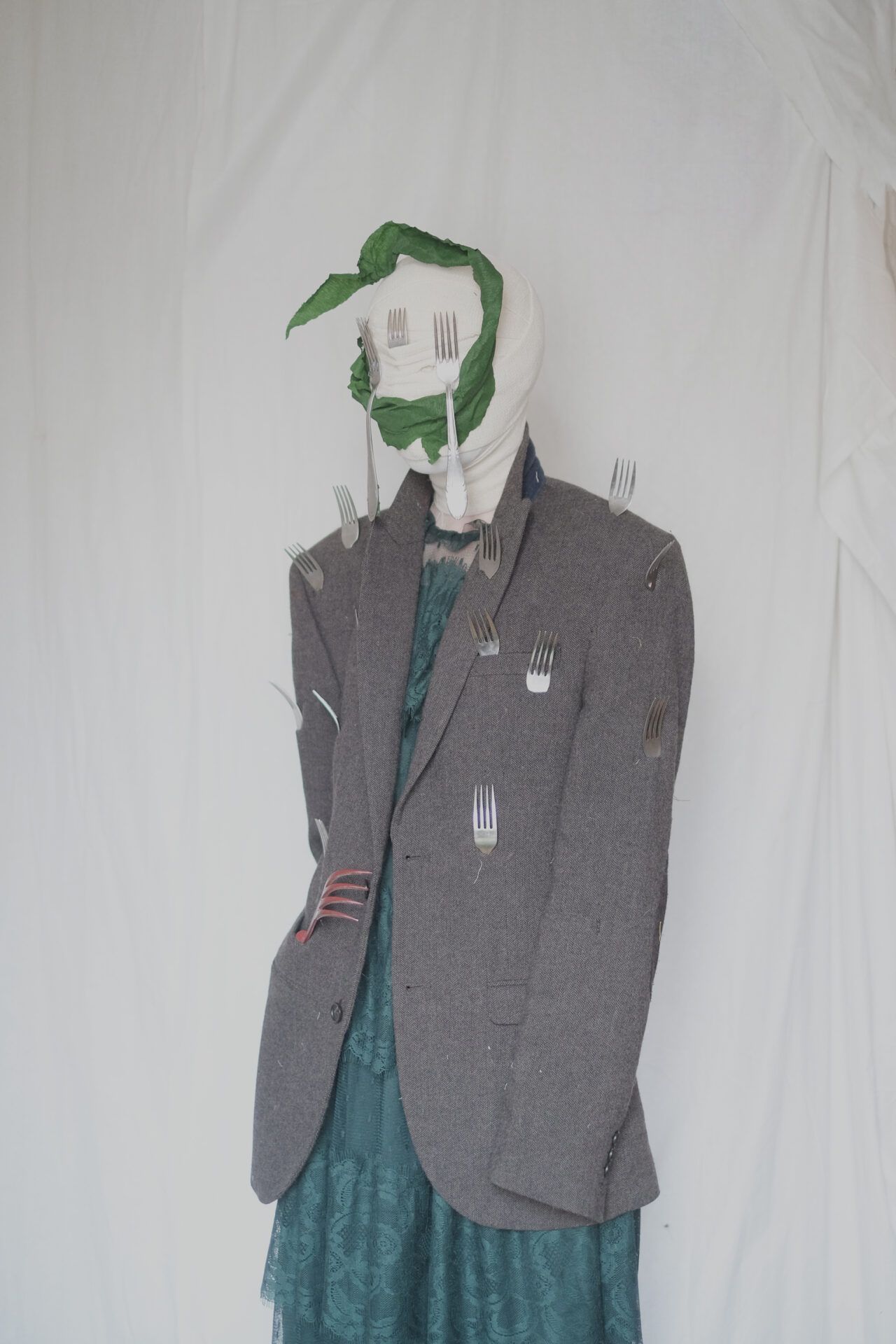
Feminity Vulgaris project / My concepts of femininity developed in my childhood as I was observing my mother. My mother is a large wardrobe with an infinite number of underwear, clothes, jewellery. Lots of accessories to seem more attractive, slimmer, more beautiful. My mother is dozens of bottles with perfume and various beauty stuff: cosmetics, masks, massagers, appliances for burning fat. My mother is plastic surgery, her body is a separate object of manipulations for the sake of beauty. Things that will remain after my mother will somehow be related to the modification of body and face
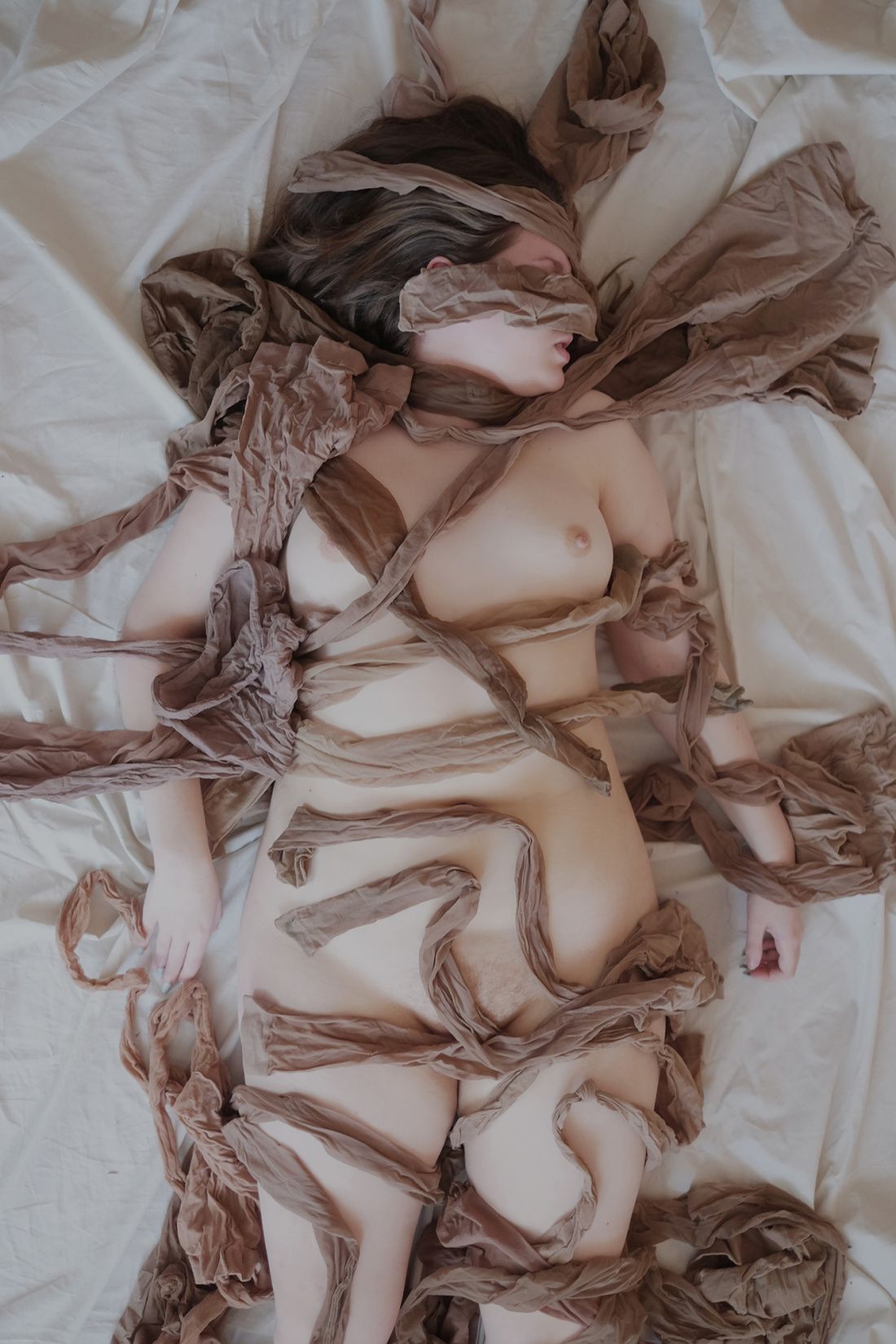
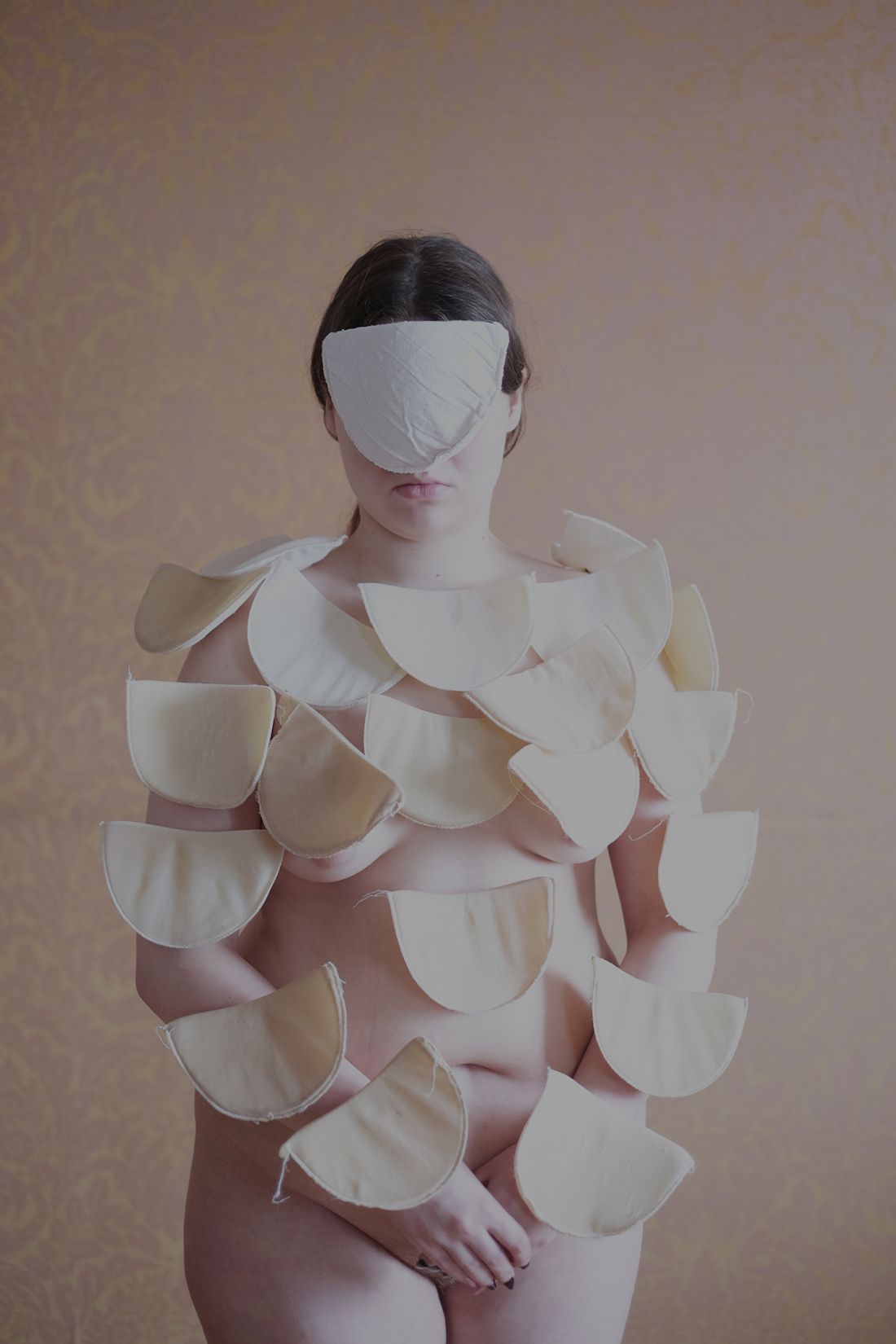
The body of the woman of today is like a dress — it can be reshaped as desired, cut and molded, according to one concept or another. The female visual image, broadcasted in the media and mass culture, is inseparable from sexuality, which increasingly acquires an aggressive nature. Sexuality spurs to action and enslaves like a tyrant, even those who carry it.
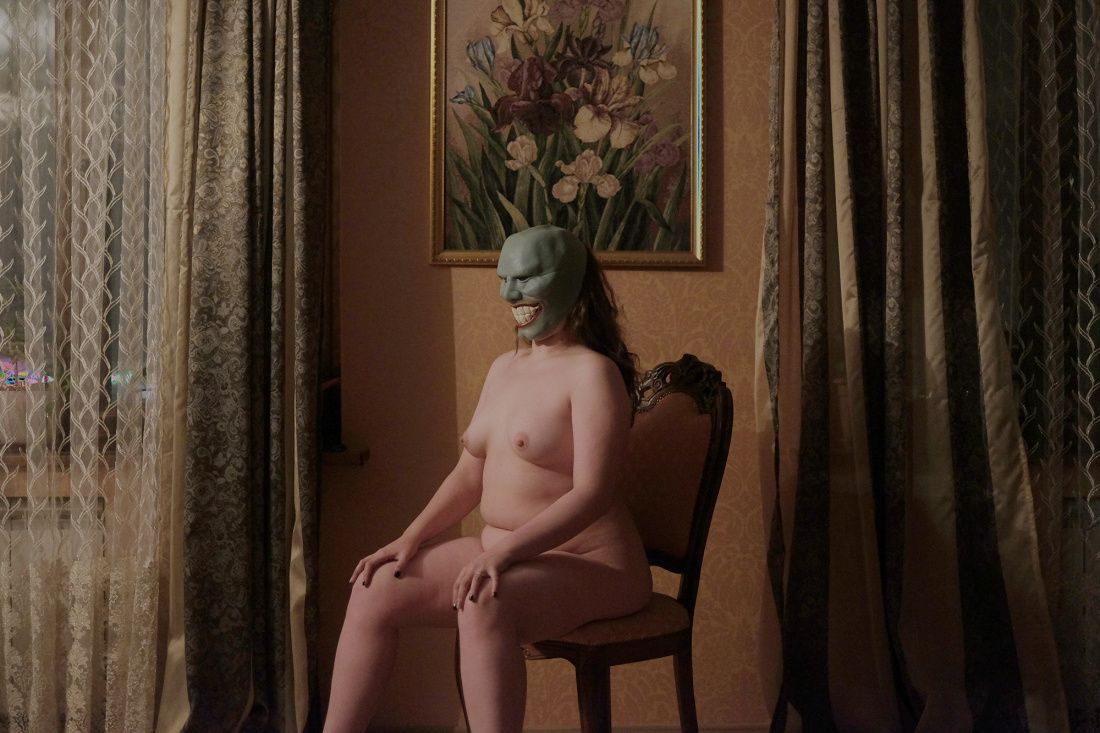
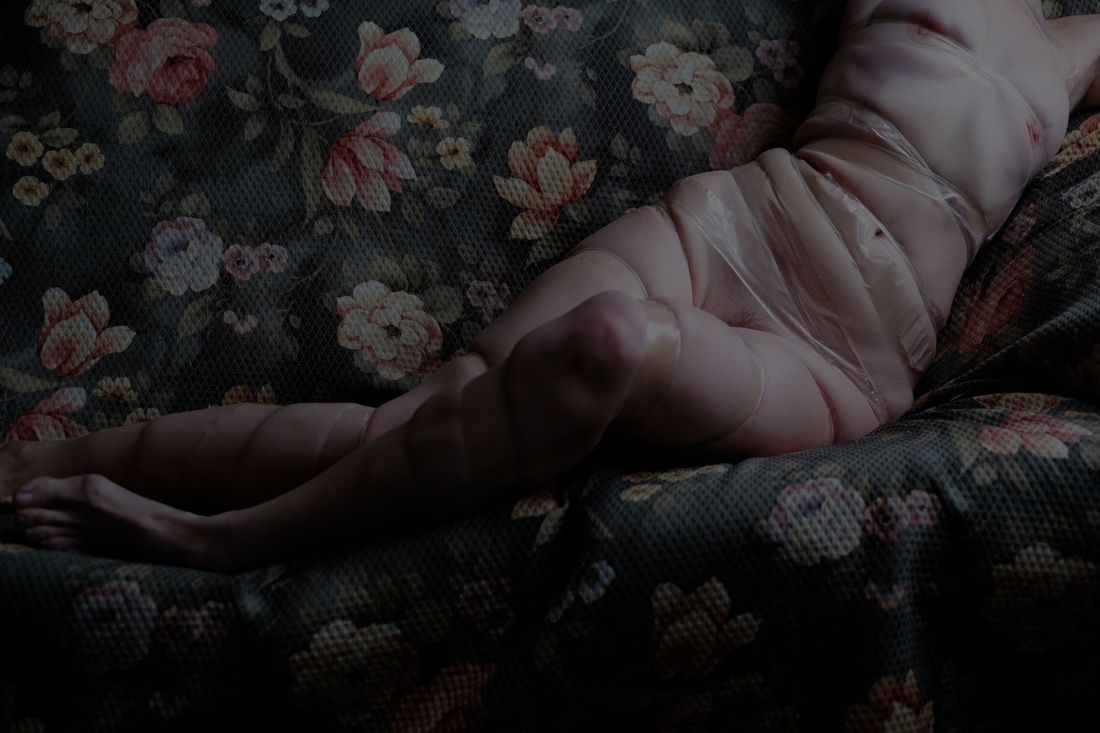
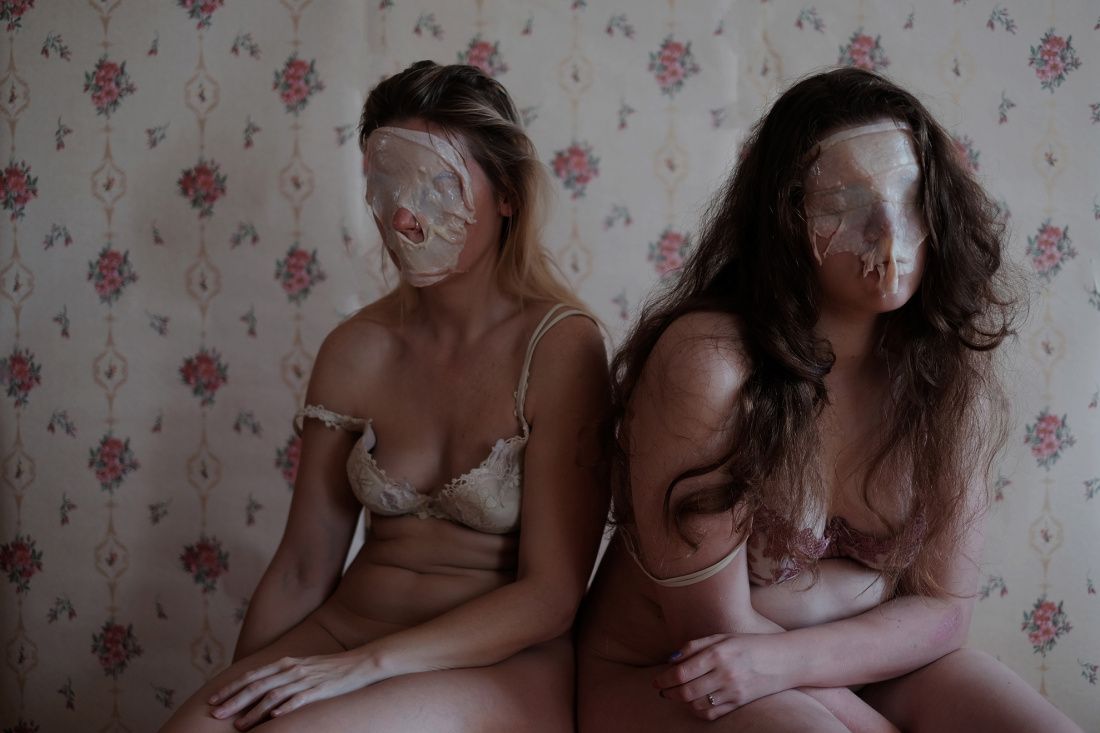
Whereas the woman was previously often perceived as an actor of reproduction of life, now the reproductive function remains in the shadow of the demands of sexuality and cliched beauty, and the organs themselves can also be altered to suit contemporary body fashion.
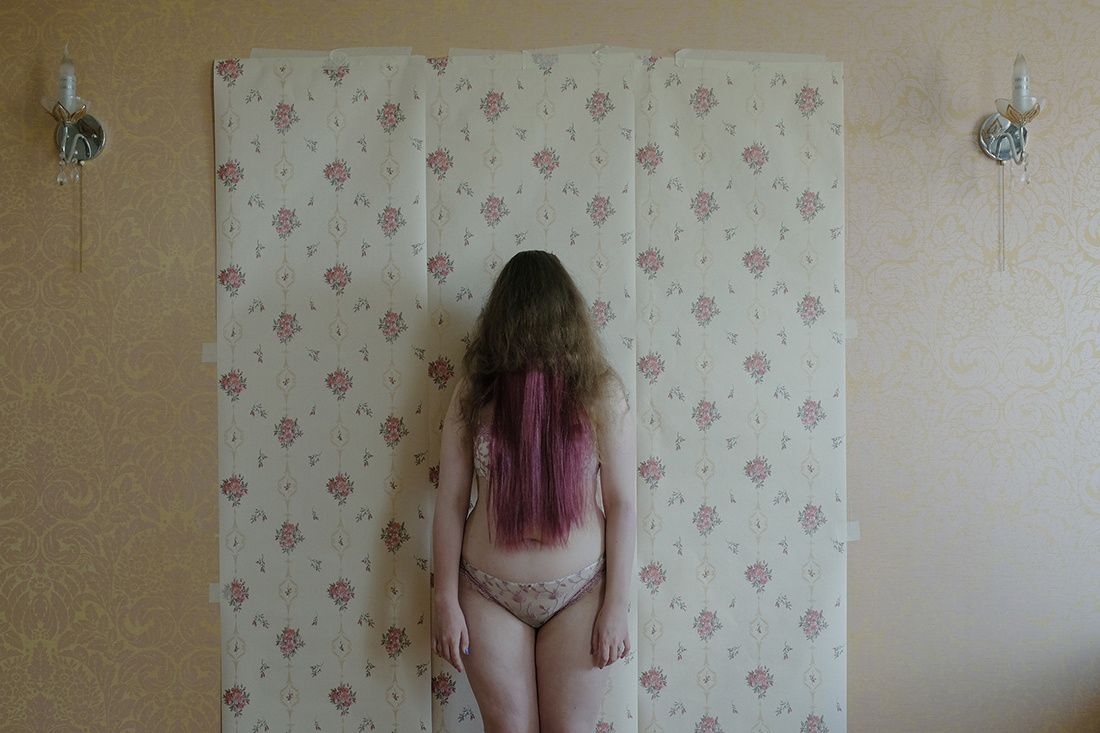
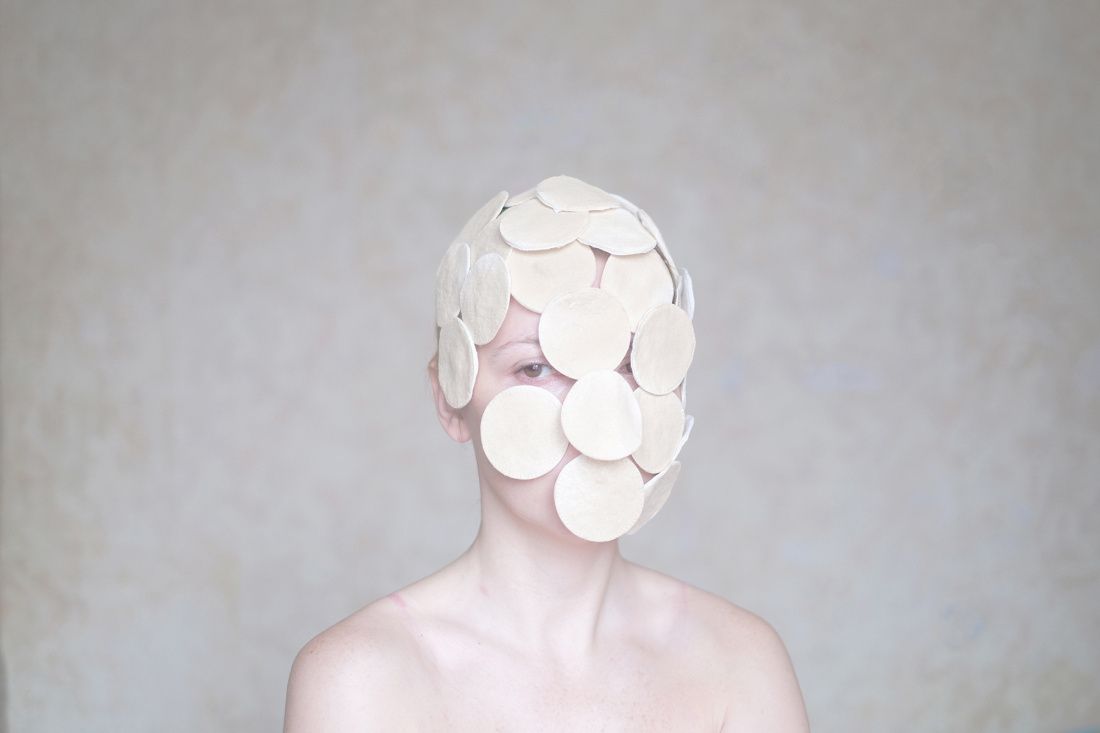
BIO/ Anya Miroshnichenko @anyamiro lives and works in Moscow, graduated from RATI-GITIS, faculty of theatre arts, candidate of art history. She was involved in theatre and reportage filming. From 2016 to 2019, she studied at the Dokdokdok school. Winner and finalist of international competitions Gomma Grant, Picture of the Year (POYi), Lens Culture Portrait Award, PDN Annual, Canada Blanche PhotOn, Hellerau Photography Award, Kolga Award, Life Press Photo, Vilnius Photo Circle, Portrait of Humanity, College Photographer of the Year, participant of many international festivals – Riga Photomonth, Helsinki Photo Festival, Pierrevert Nuits Photographie, Rovinj photo days 2019, ph21 Gallery and others.
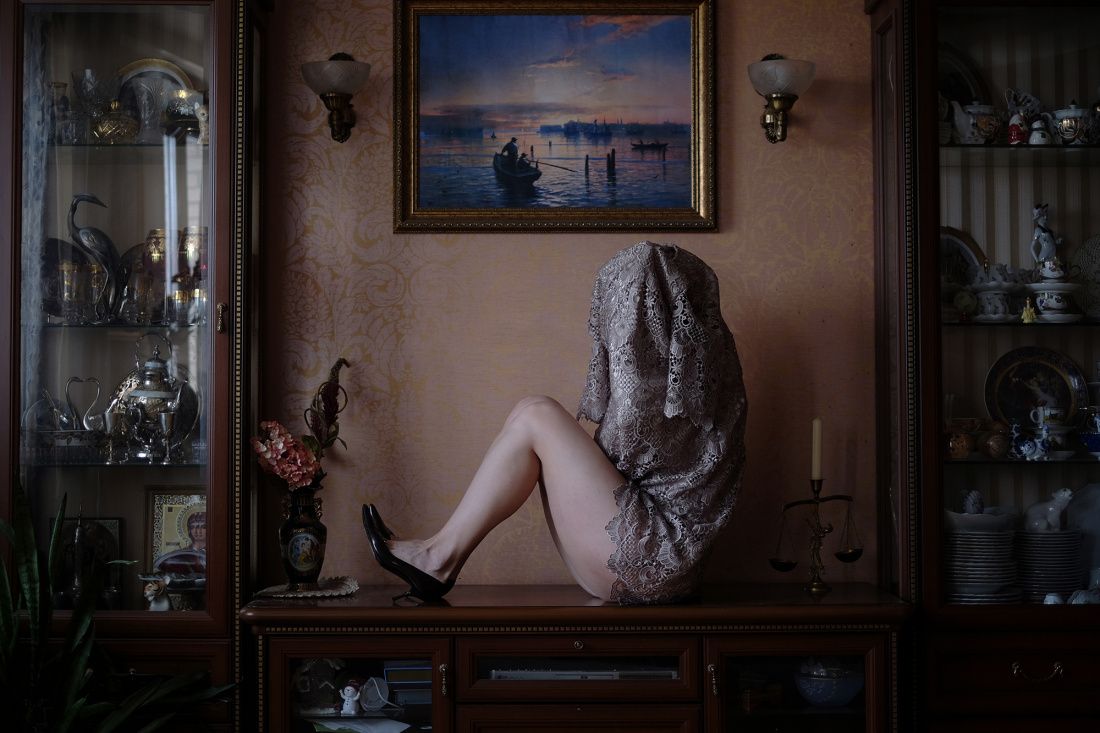
CREDITS
Artworks / Anya Miroshnichenko @anyamiro
http://kovai.ru/
Interview / Markéta Kosinová
